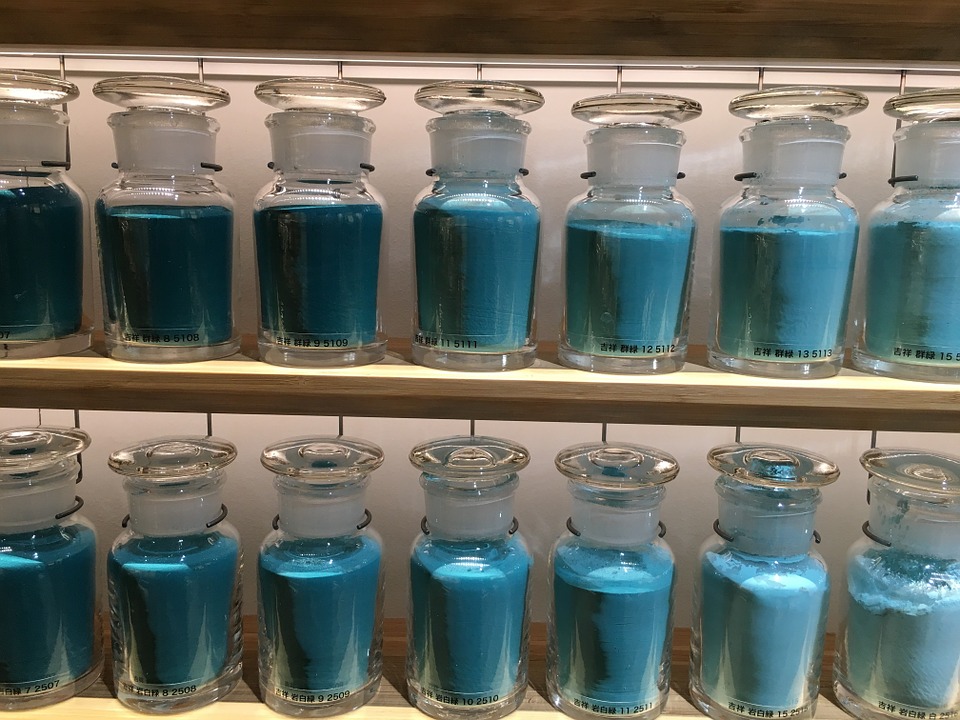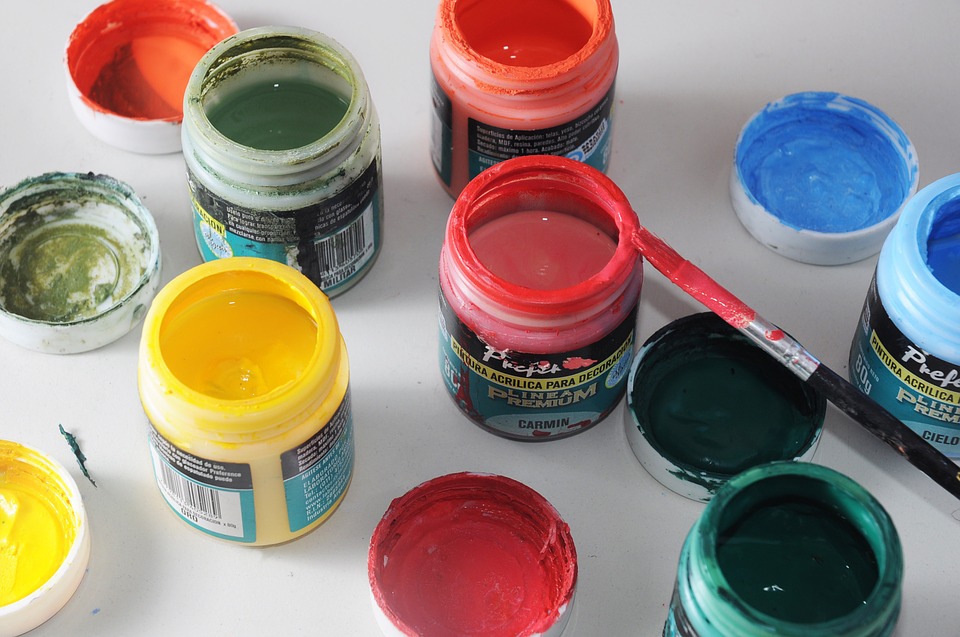Understanding the world of print designing is not an easy task! It takes a lot of courage, patience, hard work, and creative mind to make the best use of colors, and to understand when to use any particular kind of pigment – let’s take pigment red 122 for instance. Being a print designer you should know when this kind of pigment should be used.
Hey, are you new to a print designing career? Is it easy to confuse you with solvent 22, and pigment red 81 do you also combat new words and terms each day to develop your sense of printing and color designing?
Don’t worry, we’ve got something for you! We’ve brought you the most significant printing terms which every designer must know, I bet you’ll find this post useful. Take a look below;
The Most important terms to Remember in the field of Print Designing
01. Colorimeter
It is a device which is used for measuring intensity and color of the light released from a computer monitor. This device sits flat on the screen, and comprise of light-reading cell in its underbelly.
Professional printers include built-in color calibration, which tests and measures the reaction of an ink and paper blend and makes a moment profile.
02. DPI
DPI stands for dots per inch. The higher the DPI, the more it is better for print designing because higher DPI values are slightly smoother, but take longer to print and use more ink.
The DPI values aren’t compared to technologies as they comprise of different printing abilities. Let’s take Inkjets, it typically prints at around 700dpi for basic proofing, 2560dpi for very high quality, and 1440dpi for typical output.
03. Dye-based inks
The Dye-based inks are commonly used for photo printing, and sometimes for proofing. It helps in staining media directly rather imprinting on a substrate, and are frequently water-dissolvable.
Colors are brighter in dye-based inks than for pigment inks (see 07), but they fade faster.
04. Dye sublimation
This term is widely known to be an alternate printer technology which is used for fabric printing and other specialized applications.
Some inkjet models, particularly those by Epson, can be utilized with color sub inks. Prints can be made specifically onto texture or exchange paper, and after that settled into the texture with a warmth press.
05. Large format
Another most significant term in print designing, the large format can also be known as a wide format. They typically use the same technology as desktop printers, yet, are greater and ought to be more dependable.
These are enormous modern printers. Littler units print up to A2 on sheets or rolls; the biggest models print on moves up to 64 inches wide. Costs extend from around £2,000 to more than £20,000.
06. Pantone coverage
The Pantone coverage is actually a measure which is used for determining how precisely a printer can reproduce the standard Pantone swatch colors.
Current printers can yield 98 for each penny of the Pantone territory. This is sufficient for precise sealing, however, this range additionally relies upon the paper utilized.
07. Pigment-based inks
The Pigment-based inks are used for archival art printing, black-and-white, or lightly toned color photography.
Most inkjets utilize shade based inks, with up to 12 unmistakable hues. Hues have a tendency to be less immersed than color based yield, however, are more impervious to UV light and blurring.
08. RIP
RIP terms stand for Raster Image Processor. It is a software accessory that works as an upgraded printer driver, creating the most noteworthy conceivable quality yield for content, bitmap illustrations, and vector workmanship.
09. Solid Ink
The title defines what the term is about! It is an Ink which comes in solid form. It is melted into wax before printing.
Solid ink is good to be used for quick office output and basic proofing, but it’s not much applicable for art or photo printing. In previous times, it was easier to get large format versions of solid ink, but have become very difficult to find now.
10. Solvent Inks
The solvent inks is an effective dye-based ink which contains greater UV stability for printing on fabric, vinyl, and canvas. It is used by Epson in its largest uber-expensive GS6000 model.
Solvent inks also soak into and stain the medium they’re printed on, just like other dye-based inks.




